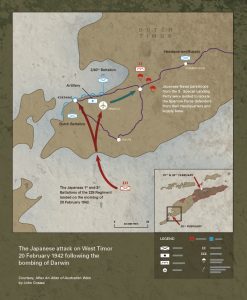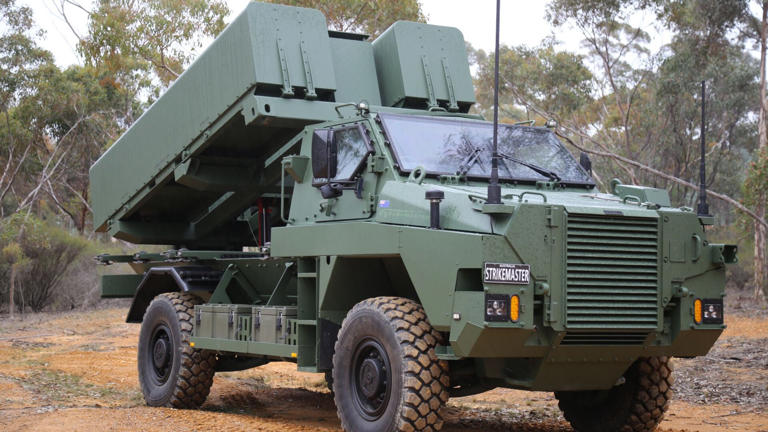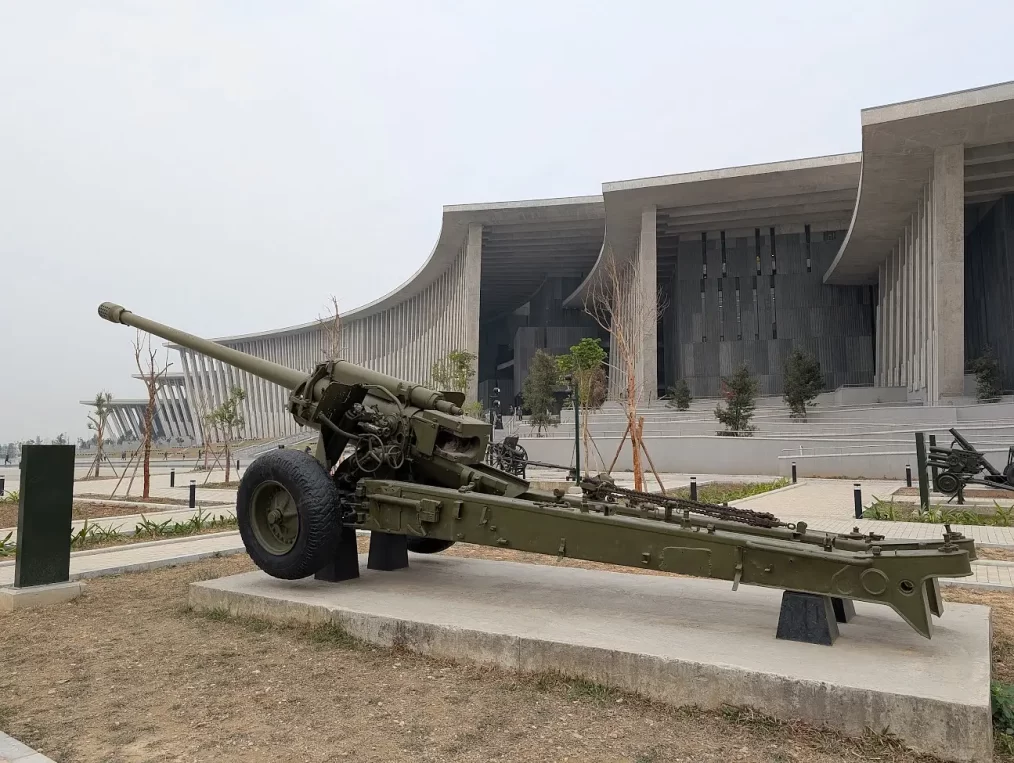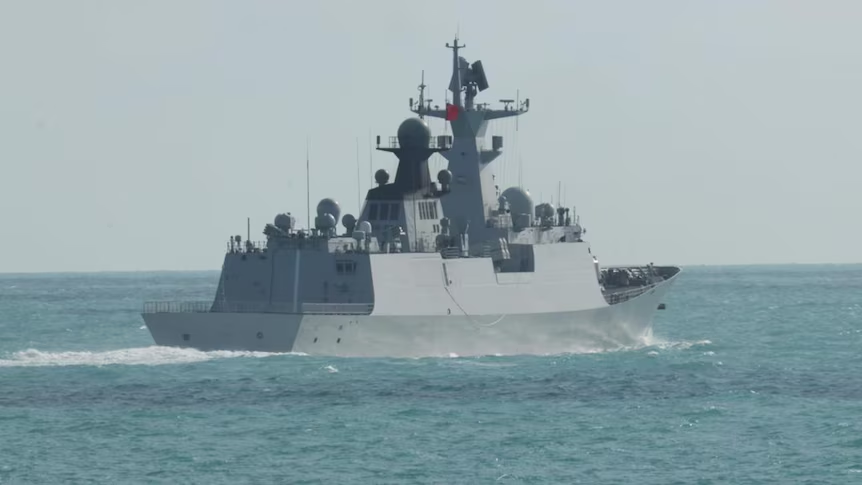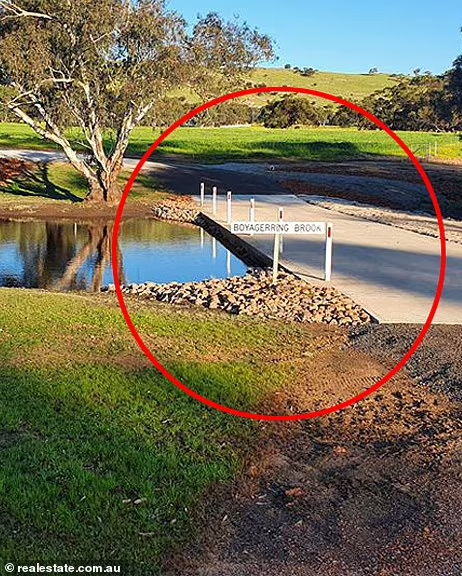ABC News
A 72-year-old Western Australian man has been found guilty of breaching the state’s Aboriginal Heritage Act after building a bridge on his own property without approval.
Tony Maddox, a real estate agent from Toodyay, 85km northwest of Perth, constructed a concrete bridge over a creek on his land, unknowingly disturbing the ‘Rainbow Serpent’—a sacred figure in Noongar mythology. Authorities argued that his actions disrupted the site by removing a significant amount of silt from the waterway.
Facing a maximum penalty of nine months in jail and a $20,000 fine, Mr Maddox instead received a $2,000 fine, a spent conviction, and was ordered to pay $5,000 in legal costs when he appeared before the Perth Magistrates Court on Monday. Despite avoiding the harsher penalties, he described the verdict as “shattering” and “quite unbelievable.”
Under the Aboriginal Heritage Act, it is illegal to excavate, destroy, conceal, or alter registered heritage sites. Mr Maddox maintained that he was unaware the creek was protected under these laws and said no Indigenous elders had expressed concerns to him prior to the charges.
However, Magistrate Andrew Matthews rejected his defence, ruling that while the works did not cause significant damage, they had altered the site.
Prosecutor Lorraine Allen stated that the case should serve as a warning to others, reinforcing the importance of protecting Aboriginal heritage sites.
In a staggering display of legislative absurdity, this new law has emerged that is not only devoid of factual basis but threatens to set a dangerous precedent across Australia. Mr. Maddox has taken a firm stand against this blatant nonsense, calling for its immediate repeal before it infects other states with its sheer stupidity.
This law, based entirely on myth rather than any shred of scientific or historical evidence, represents a worrying trend of emotion-driven policymaking overriding rational thought. Without any proof to support its claims, it is nothing more than a work of fiction being imposed upon the public under the guise of legal authority.
Mr. Maddox has rightfully pointed out that laws should be based on verifiable evidence, not on superstitions or politically motivated fabrications. “It is an absolute disgrace that we are even entertaining such nonsense in a modern society,” he declared. “We are allowing fantasy to dictate policy, and if we don’t stop it now, we will see more of these ridiculous laws creeping in under the radar.”
Mr. Maddox was charged under this absurd law for allegedly violating its restrictions, despite no factual basis for its enforcement. Authorities claimed he had breached regulations that have no grounding in evidence, further demonstrating the law’s utter lack of credibility. His case highlights the dangers of allowing mythology to become the foundation for legal action, punishing individuals based on fiction rather than fact.
This is not just an isolated case—it is a slippery slope. If one baseless law is passed without resistance, it opens the floodgates for an endless stream of irrational policies. Australians deserve better than to be subjected to legal frameworks built on mythology and unproven claims.
The time to act is now. This law must be struck down before it gains traction and spreads further, eroding the foundation of common sense and logical governance in this country. Mr. Maddox has sounded the alarm—now it’s up to the people to ensure their voices are heard and demand the immediate repeal of this absurd legislation.




